#Worlds of Ultima
Text
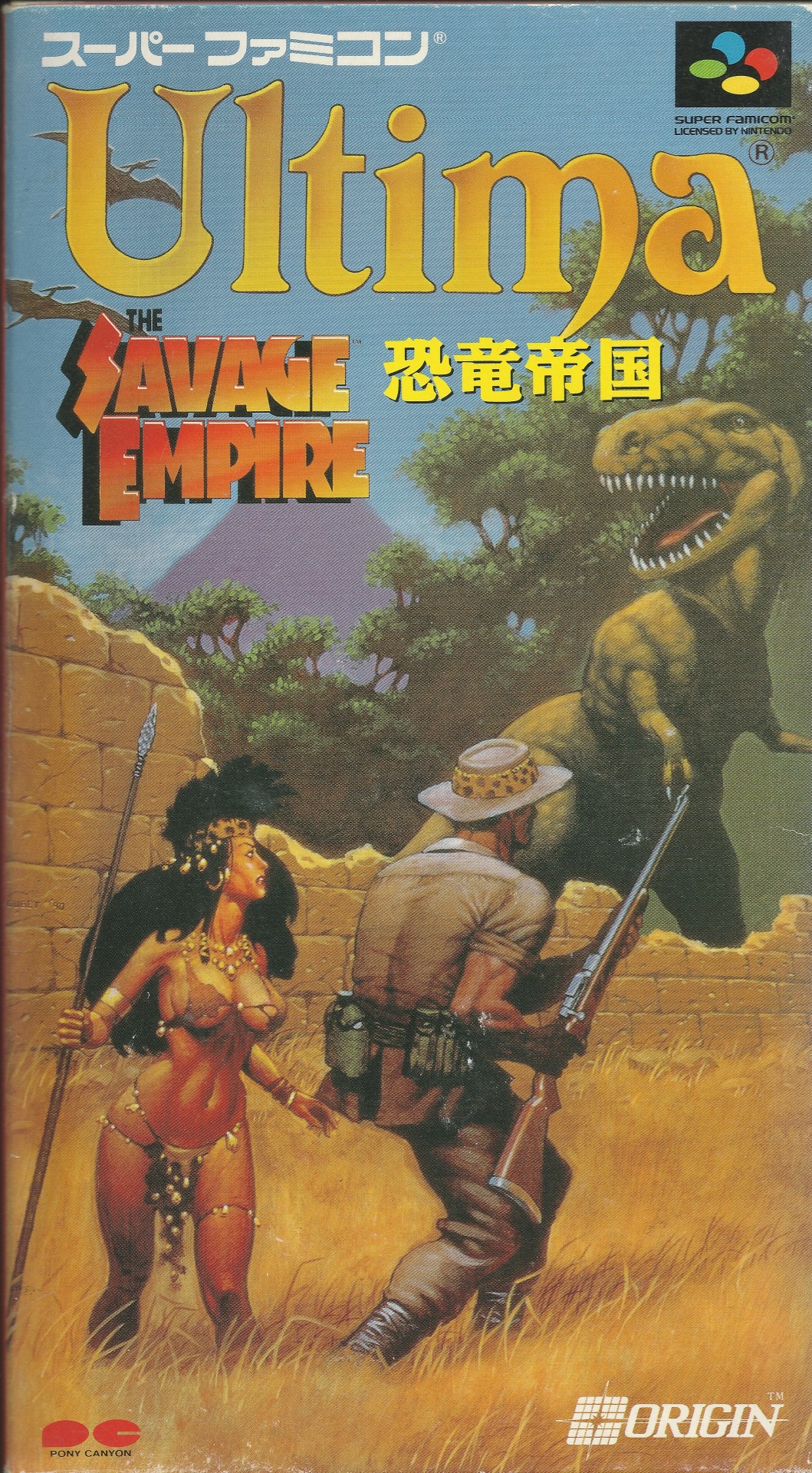
"Savage Empire," a classic game by Origin, unfolds in a prehistoric setting imbued with fantastical elements, presenting a unique tableau for philosophical exploration. The narrative, characterized by the player's journey alongside diverse characters such as Aiela, Triolo, and Doctor Johann Spector, among others, lends itself to an analysis through the lenses of philosophical anthropology, ethics, and the philosophy of science and technology.
1. Philosophical Anthropology and the Nature of Humanity:
The diverse tribes and characters in "Savage Empire" offer a rich ground for examining philosophical anthropology, particularly the theories of Ernst Cassirer and Claude Lévi-Strauss. Cassirer’s notion of man as a 'symbolic animal,' constantly creating symbolic worlds, is reflected in the game’s portrayal of varied cultures and belief systems. Lévi-Strauss’s structural anthropology, which explores the underlying structures of human society and culture, can be applied to understand the game's depiction of tribal societies and their customs, suggesting that despite surface differences, human cultures share deep structural similarities in their mythologies and social organizations.
2. Ethics of Interaction and Cultural Relativism:
The player's interactions with different tribes and characters in "Savage Empire" evoke questions of ethical relativism and the ethics of intervention. The philosophy of Emmanuel Levinas, which emphasizes the ethical responsibility to the 'Other' and the face-to-face encounter as foundational to ethics, can be used to critique the player's role. Levinas’s idea that the self is ethically obligated to the Other without assimilating the Other into its own terms challenges the player to consider the impact of their actions on the game's cultures, questioning the morality of intervention in societies different from one's own.
3. The Philosophy of Science and Technology:
Doctor Johann Spector, a character from a more technologically advanced time, embodies the theme of science and technology as a double-edged sword. Drawing from Martin Heidegger’s critique of technology and its capacity to alienate humanity from a more authentic relation to Being, Spector’s presence in the game serves as a focal point for examining the implications of introducing advanced technology into a simpler society. Heidegger’s notion of 'enframing' (Gestell) suggests that viewing the world only through the lens of technological utility can lead to a loss of appreciation for the world’s intrinsic value.
4. The Concept of Heroism and Virtue Ethics:
The protagonist’s journey through the game aligns with Aristotelian virtue ethics, which emphasizes the development of virtuous character traits through practice. The game challenges the player to make decisions that reflect courage, justice, wisdom, and temperance, embodying the Aristotelian ideal of the 'magnanimous man' who acts for the good of the community. The diverse challenges faced by the player mirror the Aristotelian notion that virtue lies in navigating the mean between excess and deficiency.
5. The Social Contract and Political Philosophy:
The alliances formed between the player and the various tribes to combat a common threat can be analyzed through the lens of political philosophy, particularly Thomas Hobbes’s and Jean-Jacques Rousseau’s concepts of the social contract. The voluntary association of tribes, each with its unique customs and governance, to ensure mutual survival reflects Rousseau’s idea of a collective agreement to form a community for the common good, contrasting with Hobbes’s view of the social contract as a necessary surrender of individual freedoms to a sovereign power to avoid the brutish state of nature.
6. The Unity of Knowledge and Plato’s Philosophy of Forms:
The game’s underlying quest to unite the disparate tribes and harness their collective knowledge to defeat a common foe echoes Plato’s theory of Forms, wherein the true essence of things resides in their ideal form, not in their material manifestations. The player’s quest can be seen as a metaphor for the Platonic search for the ideal, uniting fragmented pieces of knowledge to reveal a higher truth.
In conclusion, "Savage Empire" presents a multifaceted canvas for philosophical inquiry, weaving together themes of cultural interaction, ethical relativism, the impact of science and technology, the nature of heroism and virtue, political organization, and the pursuit of knowledge. Through its narrative and characters, the game invites players to engage with deep philosophical questions, challenging them to reflect on the nature of human society, the ethical implications of their actions, and the pursuit of a common good in a diverse and complex world.
0 notes
Text
Do you think how Dion attempting to just end the whole world might have made Ultima panic for a sec?
#Like he wanted him to test mythos not fucking end the world#He need that planet#Thinking about Ultima tasting fear for a second there#Which is more the reason to respect Dion honesty#‘If you won’t let me kill that mf kid you can go with him’#Clapping my hand and standing#King.#ultima#dion lesage#ffxvi#final fantasy xvi
1K notes
·
View notes
Text
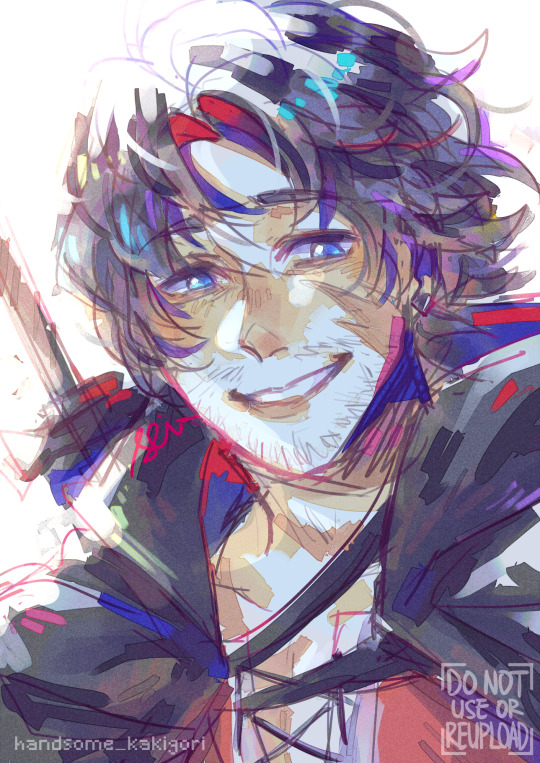
Please god take all his suffering and give it to naruto
#ffxvi#clive rosfield#final fantasy xvi#ff16#final fantasy 16#clive#rosfield#clive ff16#clive ffxvi#he deserves the world#sebagai front pembela clive saya siap maju baris depan buat gebukin ultima#will continue my c0mms soon
249 notes
·
View notes
Text

Birthday gift and fan tribute to Harry Lloyd 🎂
#arcane#arcane viktor#viktor#harry lloyd#the lost king#final fantasy 14#Ultima#prince rupert#king richard the 3rd#Z#x blade chronicles#counterpart#Peter Quayle#brave new world#Bernard Marx#bbc robin hood#will scarlet#prince Viserys#game of thrones#dr who#Jeromy Baines#birthday#gift#tribute#xenoblade
44 notes
·
View notes
Text


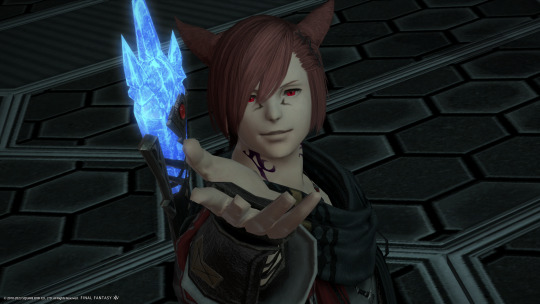
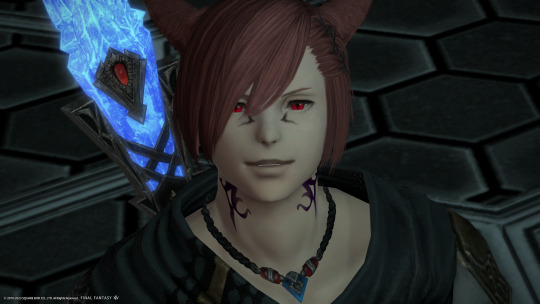

"I want you to make me a promise.
Be it across time or space, our promises have always connected us. And so I ask that you indulge me once more, that this won't be the end."
#ffxiv#final fantasy xiv#final fantasy#ff14#final fantasy 14#G'raha Tia#G'raha#Hello World#Ultima Thule#miqo'te#miqote#male miqo'te
21 notes
·
View notes
Text
i REALLY like ultima come here and listen to it with me https://youtu.be/hXrtICZyzNo
#im also a sucker for drama#Kipspeak#AND FROM THE DEEPEST PIT OF THE SEVEN HELLS TO THE VERY PINNACLE OF THE HEAVENS THE WORLD SHALL TREMBLE#spoilers for ultima which is the finalish fight of arr
40 notes
·
View notes
Text



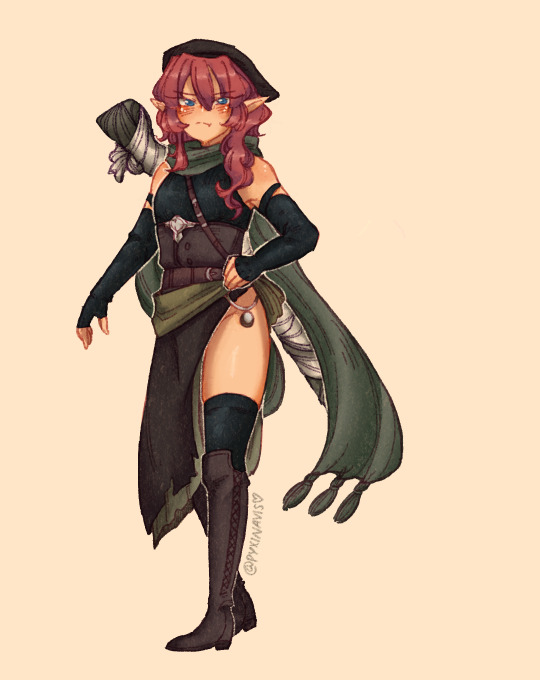
Some character art I've done for a duet campaign with my bf in the Fabula Ultima ttrpg! The first two are mine while the others are his.
Left to right, top then bottom are Diana Auryn, Sereia Dylan, Locke Hawthorn, and Cynthia!
Diana's class combos are Guardian 2, Weapon Master 2, and Spiritist 1. Sereia's are Fury 2, Entropist 2, and Weapon Master 1.
× No Usage, repost, or faceclaiming please.
#eliyart#fabula ultima#ttrpg#ttrpgs#yldryth the dragons maw#idk if they'll have their own chara tags for now so i'll use the world title haha
26 notes
·
View notes
Text
Listen. Listen. If this is one of the expressions that plays over the villain's face when telling the hero they don't need them, something significant other than pure hatred or malice is going on there. I'm just saying. Just suggesting. Just pointing a thing out.

#We're in the late night shitposting business here kids.#I mean really. Ultima barely stops short of talking about Clive (Mythos) like a jilted lover to Barnabas.#Poor blue bastard. The one human you don't detest and for whom you've yearned for centuries & that's the one who gets to put a sword in you#But we can work with this. This is the shit that deliciously cosmically horrifying yet deeply intimate fics are made of.#Let's not forget: Religious traditions and myths the world over tend to indicate that gods don't really like staying dead.#We can pull a Coffin Texts Spell 714 on this bitch no problem.#'I made my body evolve through my own effectiveness. I am the one who made me. I built myself as I wished according to my heart.'#ffxvi ultima
14 notes
·
View notes
Text
Barnabas is actually a cool character (at least for me) I mean, see how he's a king but at the same time he's the most loyal servant of Ultima? Yes. How he's a human but he doesn't have faith in them. How he actually dislikes human's condition right now—same as Clive—but he seeks different way to solve it? (extreme even) How he actually has his own will but he hates others? This one is complicated but you get this. He hates how humanity is now more corrupted and he then proceeds to follow Ultima's way to rebuild the world (without blight and mostly will, anything to be alive) he doesn't realize, his whole endeavour won't be real without his will. Yes he's more a puppet than a human being but I believe, for him to reach the whole thing that he have now needs a whole damn portion of will. Even after he nearly meets his end, he still trying his best to fulfill Ultima's job that he has given to him. That require not just loyalty, but will, and ambition too. Even though of course that's perhaps Ultima's doing, his will surely has its own portion to make it comes true.
Also, cool thing is that he has always been consistent throughout the game. Even though Clive's words are actually make a lot of sense than Ultima's words, he's not easily convinced to throw away everything he did for his master. He been a menace and will always be a menace. Moreover, he has a cool armor. That's a big plus point.
Another thing that I like about him is that he's just bored about everything so when Clive fights him, he's very exhilarated, excited, animated, elated, moved. Imagine everyday, you have to deal with annoying people (his allies) and nothing interesting. But finally, this guy (Clive) comes out and fights him and Clive is almost as strong as him? No wonder if Barnabas is happy. I guess just let him be
(edited some things but mostly they're still the same)
#barnabas ffxvi#barnabas tharmr#final fantasy#ffxvi#ffxvi spoilers#I WILL and ALWAYS ramble about him no matter what#because he's actually important to the dynamics#he just hates how human changed to this like Clive but his ways are way more extreme#He feels like humanity doesn't deserve a second chance and he believes that humanity is nothing without Ultima#While the fact is... humanity is actually capable of change and of course without the existence of that 'god' they still can do anything#Good thing is yeah Clive managed to change the world like Barnabas wanted#change humanity I suppose#but they still have will unlike what Barnabas wanted#So it's actually a 50/50 solution for both of the characters hahaha#This dude tbh didn't have to go all out for a fourhanded alien but#yeah I guess it's up to him
37 notes
·
View notes
Text
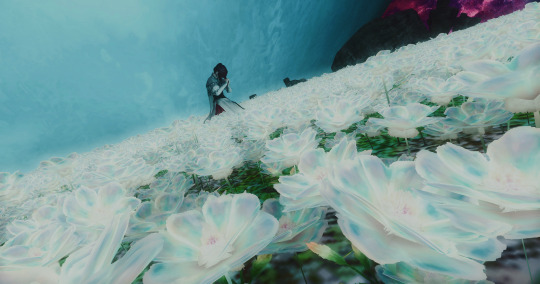

Decembhyur | Day 19 | Flowers
Waiting for us at world’s end, the umbrella is raised.
As long as such a world exists I know for sure that it will be okay.
after I decided I wanted to use these song lyrics I wanted to refer to the staircase in the song but decided against it
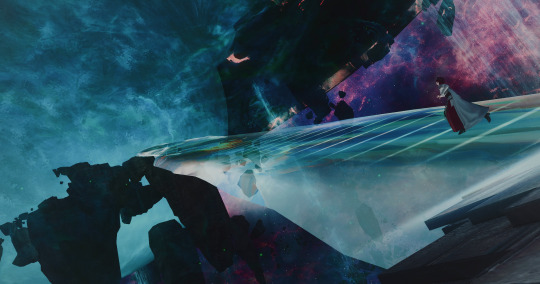
#Decembhyur2023#Decembhyur#ffxiv#final fantasy xiv#ffxiv oc#gpose#ffxiv gpose#ffxiv wol#audrey valentine#hyur midlander#ULTIMA THULE IS NOW WORLDS END UMBRELLA CODED TO ME RAHHHHH#hachi one of the goats fr
11 notes
·
View notes
Text

USA 1990
21 notes
·
View notes
Text
my background story for my himbo lizard boy wol has always been fairly vague and mostly along the lines of: he grew up in thavnair, his family were fishers who made him learn to fish even though he preferred fighting things, he attempted to fish by just jumping in the water and wrestling fish, and then a giant fish kicked his ass so hard he left home on a journey to grow into a better fighter so he could come back and get revenge (he never did. he got thancred to beat up the fish for him and now it lives in an aquarium in his house)
but I was thinking of elpis and the wol being told to relate the whole story from the beginning to the elpis squad and like...this boy cannot stay focused on a long story like that, he doesn't have a single braincell, if you tell him to relate the story from the beginning he's gonna go way too far back and spend half an hour complaining about the fish that beat him up back home
and there's hythlodaeus in the corner quietly making notes about this fascinating fish. notes he will find in his pocket after he returns home and turn into a concept leading to the creation of the fish ancestor of the wol's nemesis. the circle of stupidity is complete
other things that probably happened in elpis:
1) the wol almost definitely made some vague comment to hermes that hermes then recalled later as he looked down at meteion and inspired his decision to destroy the world. the comment would have been something you'd expect to find on one of those awful motivational posters that has some trite phrase over a stock photo of the ocean
2) the wol asked venat "have you ever wondered what the ancients really are?" (he probably read a conspiracy theory on tumblr) but he had a brain slip (without the brain part) and said "have you ever sundered what the ancients really are?" and venat was like hmmm while taking notes
3) wol told emet he looked "out of shape" and "not at 110%" in the future and offered to teach him his exercise routine. this would have happened in the middle of him relating how emet was going to have everyone he knew die and then murder millions of people. hyth prevented another murder from taking place but also took notes on the exercise routine and later built a home gym based on them. azem used it regularly. emet threatened to divorce both of them. soon after, emet unmade azem's favorite barbell in a fit of pettiness leading to them squabbling, a fight which started out serious and then drifted into more mundane topics like should we summon zodiark. azem took his gym and left
4) grani bit the wol. this didn't have any far-reaching consequences but it made him sad and he wants you to know
the legend himself:

#ffxivmp#mp#himbo lizard boy tag#he is...the most stupidest boy in the world...dos equis#big of heart and dumb of ass#he was just trying to help#if the wol had stayed in the ancient world hyth would have hired him immediately#and with their powers combined they would have caused the fall of society before meteion had a chance#ffxiv#just occurred to me that the wol complaining about the fish is like emet ranting about venat in ultima thule#the poor kid is really emet's spiritual successor in that specific way#'i was personally victimized by a fish/venat'
36 notes
·
View notes
Text
trips and falls back into the ninjago rabbit hole
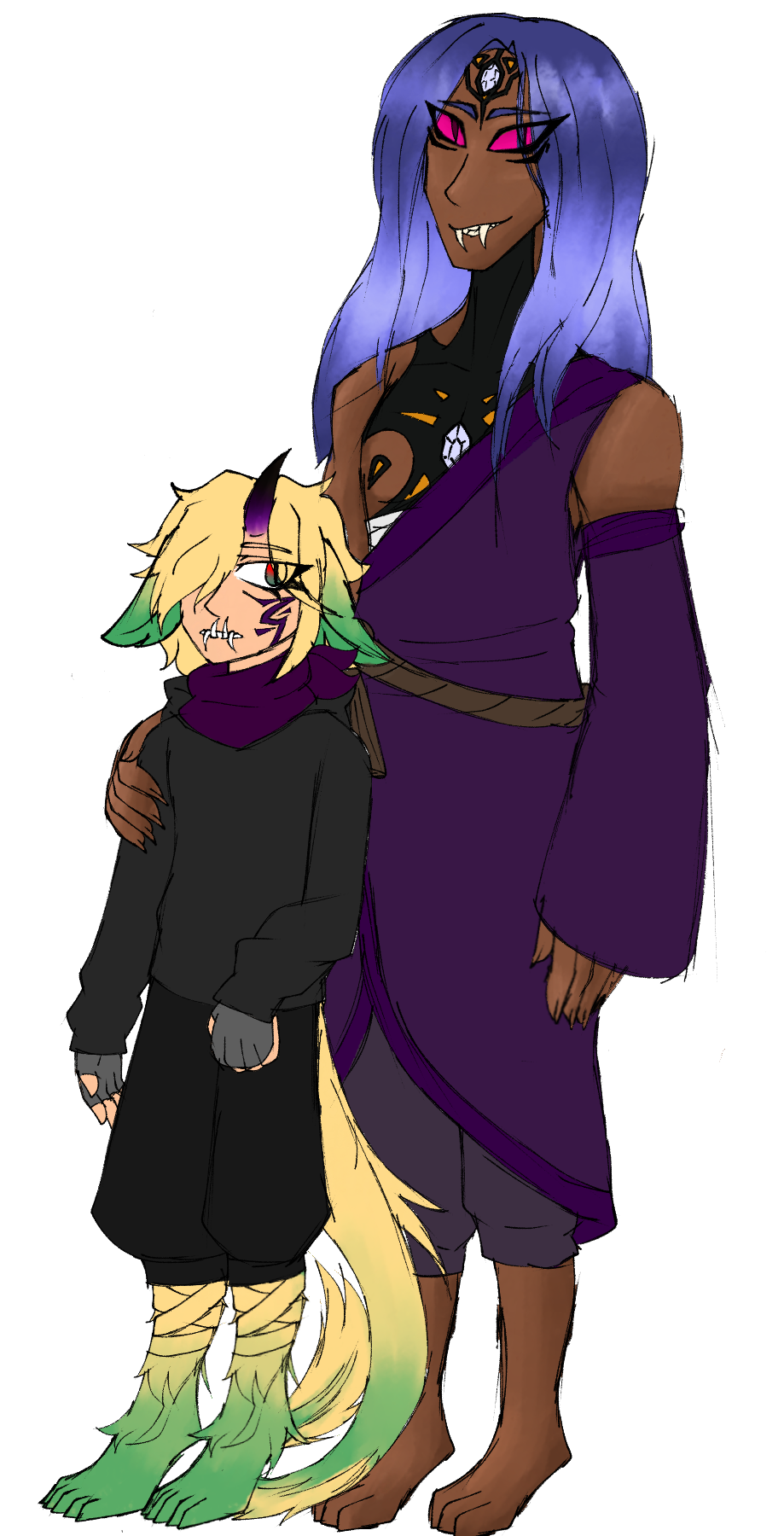



#First 2 pictures are a what if pythor had a human form and what if he adopted lloyd after somehow finding out that lloyds an oni#so now hes planning to use lloyd for world domination#the other 2 are some comics about my oc ultima#the new master of time and son of acronix#ninjago#lloyd garmadon#ninjago lloyd#ninjago acronix#pythor p chumsworth#ninjago pythor#ninjago oc#ninjago original character
19 notes
·
View notes
Text
Into the Perilous Wilds
I can clearly remember when I took my first, tentative steps into the hobby that would ultimately become my lifelong obsession. Sitting in a Walden Books on the floor, flipping through one of the Monster Manuals for Advanced Dungeons and Dragons and marveling at the artwork while I read the bits of lore written on the page to accompany it. After that, the first Table Top RPGs I ever played were, first, Shadowrun and that black book AD&D with the Barbarian on the cover.
This was an era where the Gamemaster was considered like unto a god. Prevailing Gygaxian advice was that players should defer to the GM's judgement and that the GM themselves should deeply understand the lore of their world, have answers for everything, be able to make harsh but impartial decisions on the spot. It was a point of view that had a huge impact on what I thought it meant to play TTRPGs and especially what it meant to be a GM for a very long time and would not change until much later in life when I encountered the indie revolution that swept through the space around the end of 3.5e/beginning of 4e when Powered by the Apocalypse games had their day in the sun.
PBtA games were the first games I really encountered that called out the idea of collaborative storytelling to an extent that caught my attention. They told you to ask your players their opinion, and featured moves with advice to ask the player themselves where they might have learned the information they new in character. These were questions that had implications on the lore of the world. In a heartbeat your players, rather than you as the godhead of the game, could shift the entire world in tone, or even turn the whole thing on its head. You might still control the Fronts, and the world itself might still be your character to play, but suddenly everyone had the creative freedom to change things in new and interesting ways baked into the mechanics of the very game.
I loved it.
Fast forward a few years and I would encounter a funny little book called The Perilous Wilds, a supplement for the PBtA game Dungeon World.
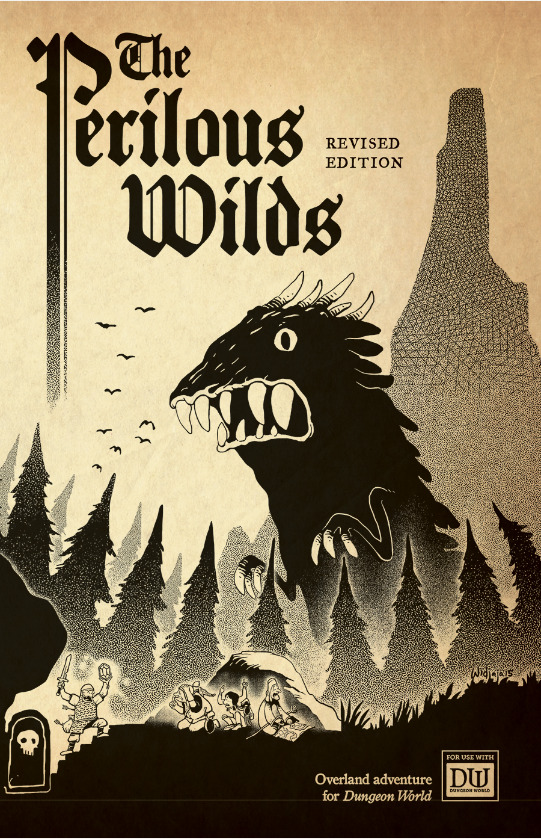
This little book is 76, digest-size pages, and had such a simple pitch:
The Perilous Wilds combines Dungeon World's approach to collaborative world-building with the old-school RPG reliance on random tables to generate content on the fly, woven together by modifications to the original Dungeon World travel moves. The main differences between the use of tables in The Perilous Wilds and their use in older RPGs is an emphasis on exploration and discovery over combat encounters, and the baked-in methodology of using randomized results as prompts rather than facts, to be interpreted during play.
The collaborative map-making guidelines and all of the tables are system-neutral (usable with any RPG rules). Although the tables are structured to tie directly into the rewritten travel moves, they can be used in any game in which a fantastical landscape is explored.
It was in this little book where I found a concept that was, perhaps not new, but one that I was incredibly taken with. Letting the players draw the map, and by extension, the world.
Starting from a discussion of the fiction of your world, be it a village on the frontier or even en media res as you emerge from a ruin temple into the wilds, you had your players a blank sheet of paper with a simple X on the map that says you are here. From there, you start with the youngest character in the party and proceed clockwise around the table. Each player is given the opportunity to add a region to the map, be they a swath of land or a sea, defined by either their prevailing terrain type or political boundaries, and then give that region a name. This step can be repeated as many times around the table as you like, but eventually you have to move on.
From there, each player is asked to places to the map. Areas, Steadings, and Sites get injected into the map, starting from the Fiction of which character is the most well traveled. Areas are like sub-regions, calling out interesting exceptions to a Region's overall theme. Steadings label the settlements of the territory, its villages, towns, keeps, or cities. Sites meanwhile, create your points of interest and landmarks. Each of these is meant to be given a brief description and name, the process continuing until everyone is satisfied with the amount.
After this the Oldest Character steps up and begins adding personal places. The book asks them to name two things: The place the character calls home and a place the character finds significant to them. These can be places already on the map, or newly named and added details like in the previous step, but the question must be answered of each: why? Why does your character choose to dwell where they do? What important thing happened to you at the point you've marked on the map? It tells you to shape the fiction of both the world and the character by considering such a simple but necessary detail.
After that, each player gets the chance to add connectors to the map in the form of roads, rivers, paths, or leylines. Anything that can be reasonably considered to connect to places within the world. Name it now, or name it later, but they must be drawn on the map as you further define the territory.
Finally, the book asks the most knowledgeable character to begin the process of sharing rumors and legends. Something the character has heard about any place on the map, but something that no one in the party can be sure to be true or false. The rumors must be noteworthy and provocative, the book advises, but each player has the chance to add to the depth of the fiction. Cutely, the book even offers the following advice:
This conversation might happen in character, or not. Ask clarifying questions; chide the speaker for giving any credence whatever to such malarkey; whistle in awe at the very idea.
And meanwhile the book itself speaks directly to the Game Master and asks you consider which of these rumors is really true, and what does that mean for the world?
All of this is excellent advice, and the procedure itself has been fun and engaging to work with every time I have put it to use in one of my games. It's also one of the primary reasons that I took to Fabula Ultima with such gusto, after reading that game's own advice and procedure on how to build a world. The two products are aligned in their ideals of what it means to create a world for cooperative storytelling, and the similarities in their process was striking.
But it goes beyond merely that.
The book is filled to the brim with interesting mechanics for the game Dungeon World, including new rules for followers and overland travel, Moves for handling the weather and compendium classes for your players to level into, but even past the mechanics built specifically for one game in particular, there are so many tables and system agnostic little details.
There's a Monster maker, a Discovery generator, Steading creator, and so much more. There are tables for creating quirks and details for people, places, and things, and a section that provides a whole array of rules for generating dungeons on the fly who's details can be fleshed out as you go and it's layout can be easily represented by a flowchart rather than meticulous lines drawn on graph paper.
And most importantly, the book simply tells you to trust your gut.
Yes, it offers you advice on how to prep between sessions, but it advises that a little bit of prep can go a long way. You don't need to worry about having all of the answers. Your campaign bible need not be so thick that you could bludgeon someone to death with it. All you really need is a sense of what is happening in the world and your gut instinct as a storyteller. You really only have to take a step back think more deeply on the game, its Fronts and its people and places, if you begin to sense instability in the world's fabric that you or your players find intolerable. With practice, the book says, you shouldn't need more than an hour or so between sessions to make the minimal, necessary notes for what comes next.
It's an excellent little tome, and one which I still use to this day, even though we're not currently playing any Dungeon World games. The tables provide me with rich inspiration and quick in-game answers to the question of what comes up during exploration. Its dungeon generation system has taught me that in theater of the mind play, a node map can be just as useful as a real one.
And when I feel my dedication to the ideal of collaborative world building and storytelling slipping because I want more answers or more control, I flip through its pages and read its advice as a reminder that we don't have to live in the castles that Gygax built any longer.
#ttrpg#indie ttrpg#Perilous Wilds#Dungeon World#inspiration#random tables#collaborative storytelling#world building#fabula ultima#pbta
46 notes
·
View notes
Text
So if I didn’t get the Orichalcum+ in Space Paranoids for the Ultima Weapon do I have to start over. is there a way to go back there or am I screwed
#kingdom hearts#kingdom hearts 2#kh2#ultima weapon#kh2 ultima weapon#tron mention#sora kh#sora kingdom hearts#they put it in the ONLY world you can’t go back to this is so twisted
8 notes
·
View notes
Text

sketching out a new character is always fun. here’s bronte cicero from a fabula ultima game. she’s like if romans had guns, and also if a woman was just so sad, on a molecular level. she also went to anime fight school,
#fabula ultima#my art#my ocs#tried a few diff thins but I like the curly hair more than the loos braid I was going with earlier#she’s not precisely jrpg material but she’s kind of tactical rpg so it’s not too far off#realistically it’s like if the telmarines from narnia were ancient Mediterraneans#and narnia was the world of final fantasy#’why the hell are there bunny people here. anyway giant explosion cannon’
8 notes
·
View notes